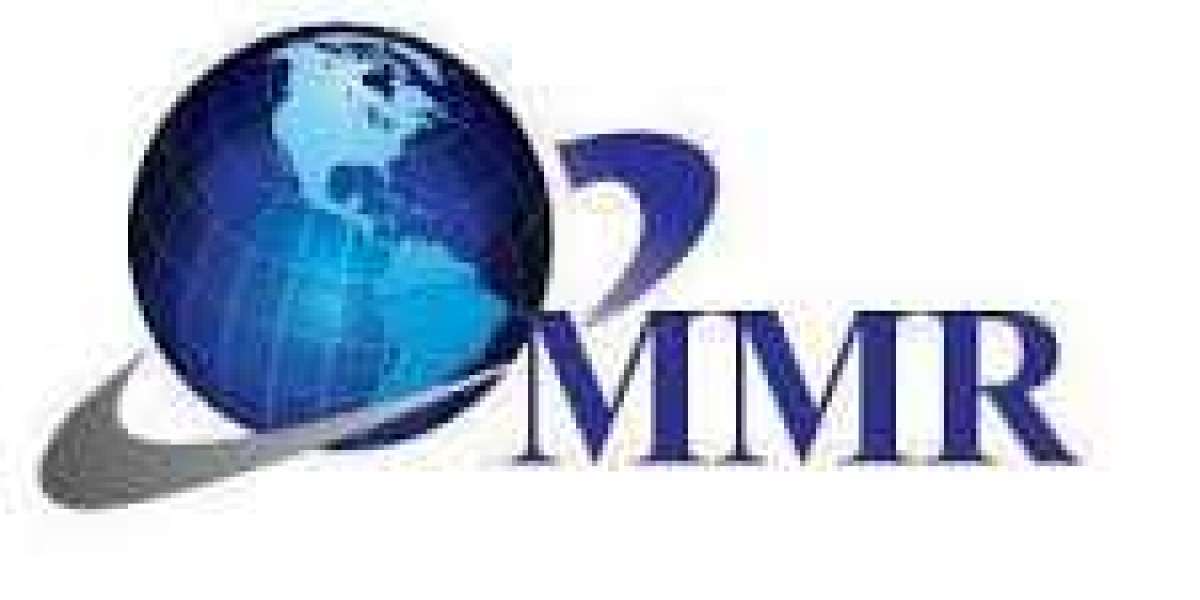Empowering Your Classroom: Tips and Tricks for Teachers Supporting Students with Dyslexia
As a teacher, it is essential to recognize the diverse needs of your students and work towards creating an inclusive learning environment that supports all students learning. One of the most common learning disabilities is dyslexia, which affects students’ reading and writing abilities. In this guide, I will provide practical tips and tricks for teachers supporting students with dyslexia.
Understanding Dyslexia and its effects on Students
Dyslexia is a neurobiological condition that affects students’ reading and writing abilities. Students with dyslexia may have difficulty recognizing words, decoding text, and understanding written language. They may also have trouble with spelling, writing, and grammar. Dyslexia affects students of all ages, races, and backgrounds and can have a significant impact on their academic performance and self-esteem.
It is essential to understand that dyslexia is not a reflection of a student’s intelligence or effort. It is a learning disability that requires specific support and accommodations to help students succeed. Teachers must recognize the signs of dyslexia and work towards supporting their students to overcome the challenges they face.
Identifying Dyslexia in the classroom
As a teacher, you play a critical role in identifying dyslexia in your students. Some of the common signs of dyslexia include difficulty reading and writing, slow reading speed, difficulty with phonological awareness, and difficulty with spelling and grammar. Students with dyslexia may also struggle with following multi-step instructions or retaining information presented orally.
It is essential to identify dyslexia early to provide the necessary support and accommodations. Teachers can use a variety of screening tools and assessments to identify dyslexia in their students. These tools include reading assessments, writing assessments, and phonological awareness assessments. Teachers can also observe their students’ behavior and work with parents and caregivers to identify any concerns.
Empowering students with Dyslexia
Empowering students with dyslexia is essential to help them overcome the challenges they face and succeed academically. Some of the strategies that teachers can use to empower their students include providing positive feedback, using assistive technology, and providing specific accommodations.
One of the most effective ways to empower students with dyslexia is by providing positive feedback. Students with dyslexia often struggle with confidence and self-esteem, so positive feedback can help them feel more confident in their abilities. Teachers should focus on students’ strengths and celebrate their successes, no matter how small.
Assistive technology can also be a useful tool for students with dyslexia. There are many assistive technology tools available, such as text-to-speech software, speech-to-text software, and dyslexia-friendly fonts. These tools can help students with dyslexia access the curriculum and improve their reading and writing skills.
Finally, providing specific accommodations can help students with dyslexia succeed academically. Some of the accommodations that teachers can provide include extended time on assignments and tests, access to audiobooks, and the use of graphic organizers. By providing specific accommodations, teachers can help students with dyslexia access the curriculum and demonstrate their knowledge and skills.
Creating an inclusive learning environment
Creating an inclusive learning environment is essential to supporting students with dyslexia. Inclusive classrooms are those that recognize and value the diversity of their students and work towards creating an environment that supports all students learning.
There are many strategies that teachers can use to create an inclusive learning environment. These strategies include using universal design for learning (UDL), providing multiple means of representation, providing multiple means of expression, and providing multiple means of engagement.
UDL is a framework for designing and delivering instruction that provides students with multiple ways to access information, demonstrate their knowledge, and engage with the curriculum. By using UDL, teachers can create an environment that supports all students learning needs, including those with dyslexia.
Providing multiple means of representation, expression, and engagement can also help create an inclusive learning environment. Teachers can provide students with alternative ways to demonstrate their knowledge, such as through oral presentations or graphic organizers. Teachers can also provide students with different ways to engage with the curriculum, such as through hands-on activities or group projects.
Tools and technologies for teaching students with Dyslexia
There are many tools and technologies available to support students with dyslexia. These tools can help students access the curriculum, improve their reading and writing skills, and build their confidence and self-esteem.
One of the most popular tools for students with dyslexia is text-to-speech software. This software allows students to listen to text rather than read it, which can help improve their comprehension and reading speed. Speech-to-text software can also be useful for students with dyslexia, as it allows them to dictate their writing rather than typing it.
Dyslexia-friendly fonts, such as OpenDyslexic, can also be useful for students with dyslexia. These fonts are designed to be easier to read for students with dyslexia and can improve their reading speed and comprehension.
Finally, graphic organizers can be a useful tool for students with dyslexia. Graphic organizers help students organize their thoughts and ideas visually, which can help improve their writing skills and comprehension.
Differentiated instruction techniques for students with Dyslexia
Differentiated instruction is a teaching approach that involves tailoring instruction to meet the diverse needs of students. When it comes to teaching students with dyslexia, differentiated instruction can be a useful tool to help students access the curriculum and demonstrate their knowledge and skills.
Some of the differentiated instruction techniques that teachers can use for students with dyslexia include providing alternative assessments, using multisensory instruction, and providing scaffolding.
Providing alternative assessments can help students with dyslexia demonstrate their knowledge and skills in ways that are accessible to them. For example, a student with dyslexia may struggle with a written test but excel in an oral presentation.
Multisensory instruction involves using multiple senses, such as sight, sound, and touch, to help students learn. For example, a teacher may use a hands-on activity to teach a concept rather than relying solely on written or spoken instruction.
Finally, scaffolding involves breaking down complex tasks into smaller, more manageable steps. By providing students with scaffolding, teachers can help students build their skills and confidence gradually.
Communicating with parents and caregivers
Communicating with parents and caregivers is essential to supporting students with dyslexia. Parents and caregivers can provide valuable insights into their child’s learning needs and can work with teachers to support their child’s academic success.
Some of the strategies that teachers can use to communicate with parents and caregivers include holding regular meetings, providing progress reports, and involving parents and caregivers in the learning process.
Regular meetings can help teachers and parents stay informed about their child’s progress and can provide an opportunity to discuss strategies for supporting their child’s learning. Progress reports can also be useful for keeping parents and caregivers informed about their child’s academic progress.
Finally, involving parents and caregivers in the learning process can help support their child’s academic success. Teachers can provide parents with resources and strategies for supporting their child’s learning at home, such as reading with their child or providing additional practice with writing skills.
Professional development opportunities for teachers
Professional development is essential to supporting teachers in their work with students with dyslexia. There are many professional development opportunities available to teachers, including workshops, conferences, and online courses.
Some of the topics that teachers can focus on in their professional development include understanding dyslexia, using assistive technology, implementing differentiated instruction, and creating an inclusive learning environment.
By investing in professional development, teachers can improve their skills and knowledge, which can support their student’s academic success.
Resources for teaching students with Dyslexia
There are many resources available to support teachers in their work with students with dyslexia. These resources include books, websites, and organizations dedicated to supporting students with dyslexia.
Some of the organizations that teachers can turn to for support include the International Dyslexia Association and the National Center for Learning Disabilities. These organizations provide resources, support, and advocacy for students with dyslexia and their families.
Finally, there are many books and websites available that provide strategies and resources for teaching students with dyslexia. Some of the most popular books on this topic include “Overcoming Dyslexia” by Sally Shaywitz and “The Dyslexia Empowerment Plan” by Ben Foss.
Conclusion
Supporting students with dyslexia requires a multifaceted approach that involves understanding dyslexia, creating an inclusive learning environment, and providing specific accommodations and support. By using differentiated instruction, assistive technology, and positive feedback, teachers can empower their students with dyslexia to succeed academically and build their confidence and self-esteem.
By working with parents and caregivers, investing in professional development, and accessing resources and support, teachers can provide the best possible education for students with dyslexia. By recognizing and valuing the diversity of their students, teachers can create an environment that supports all students learning needs and helps them achieve their full potential.



